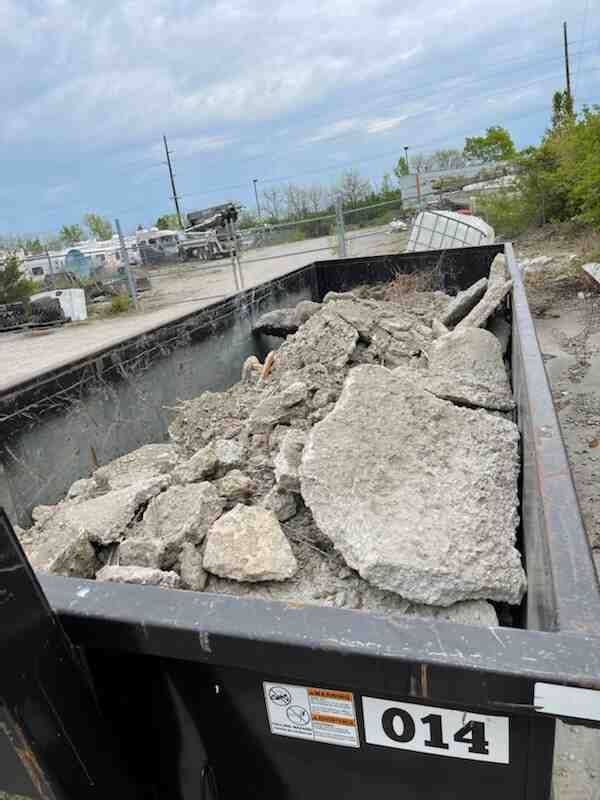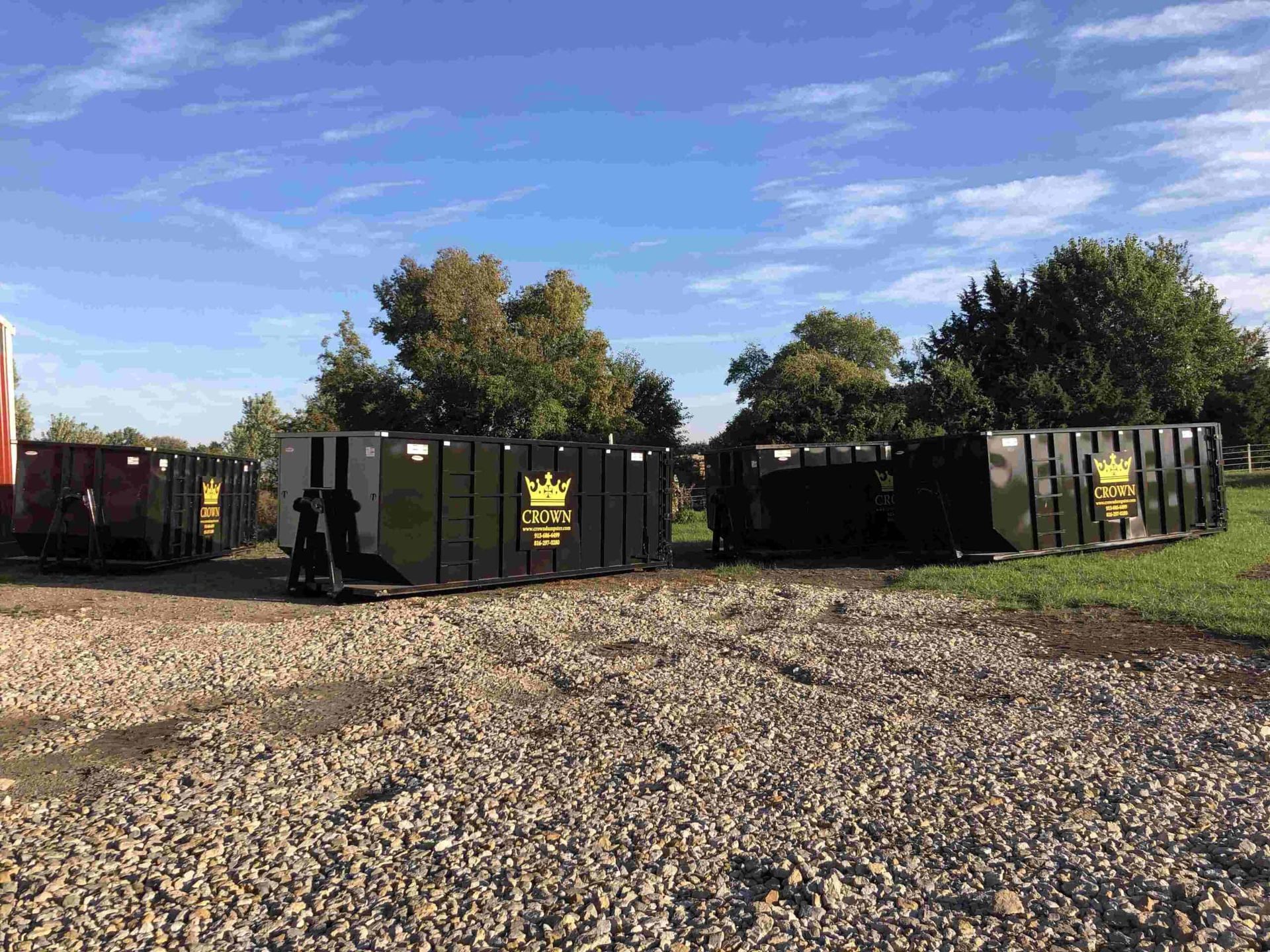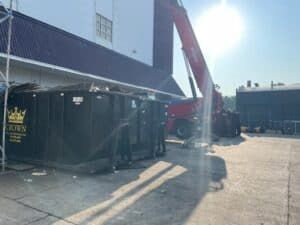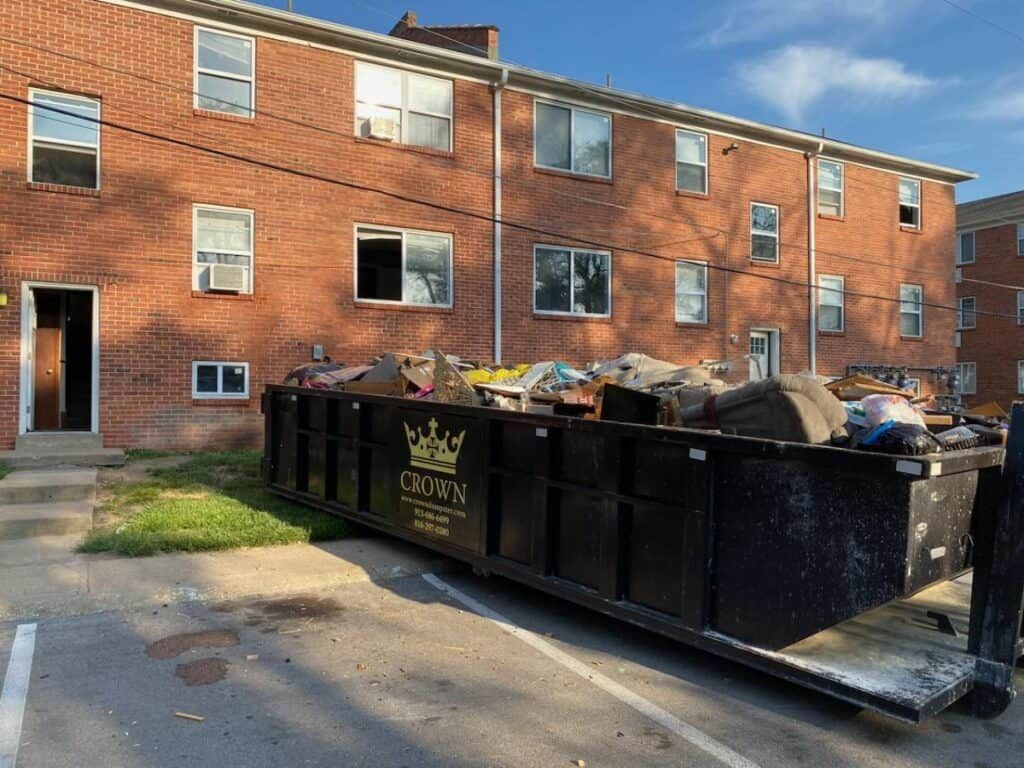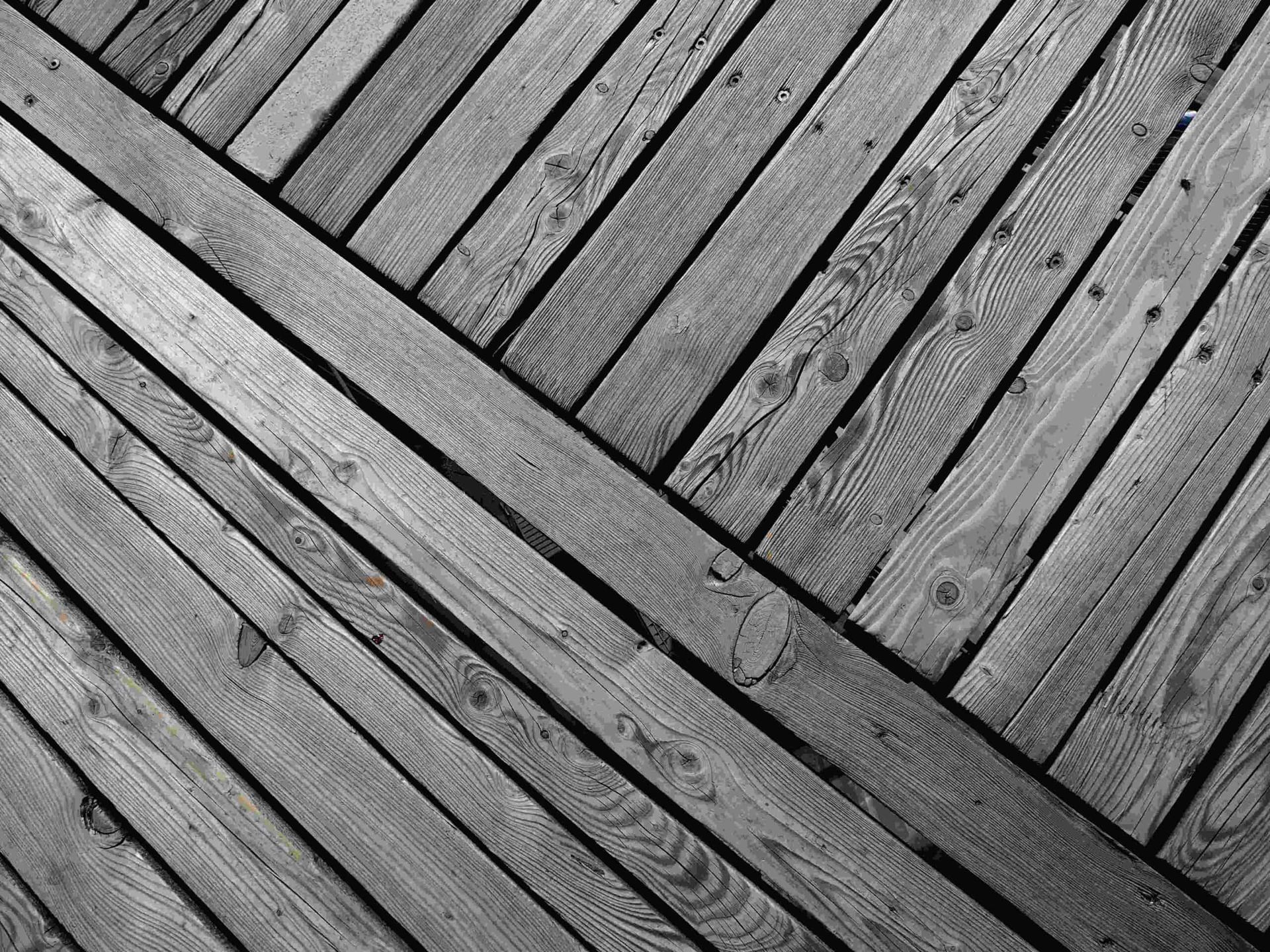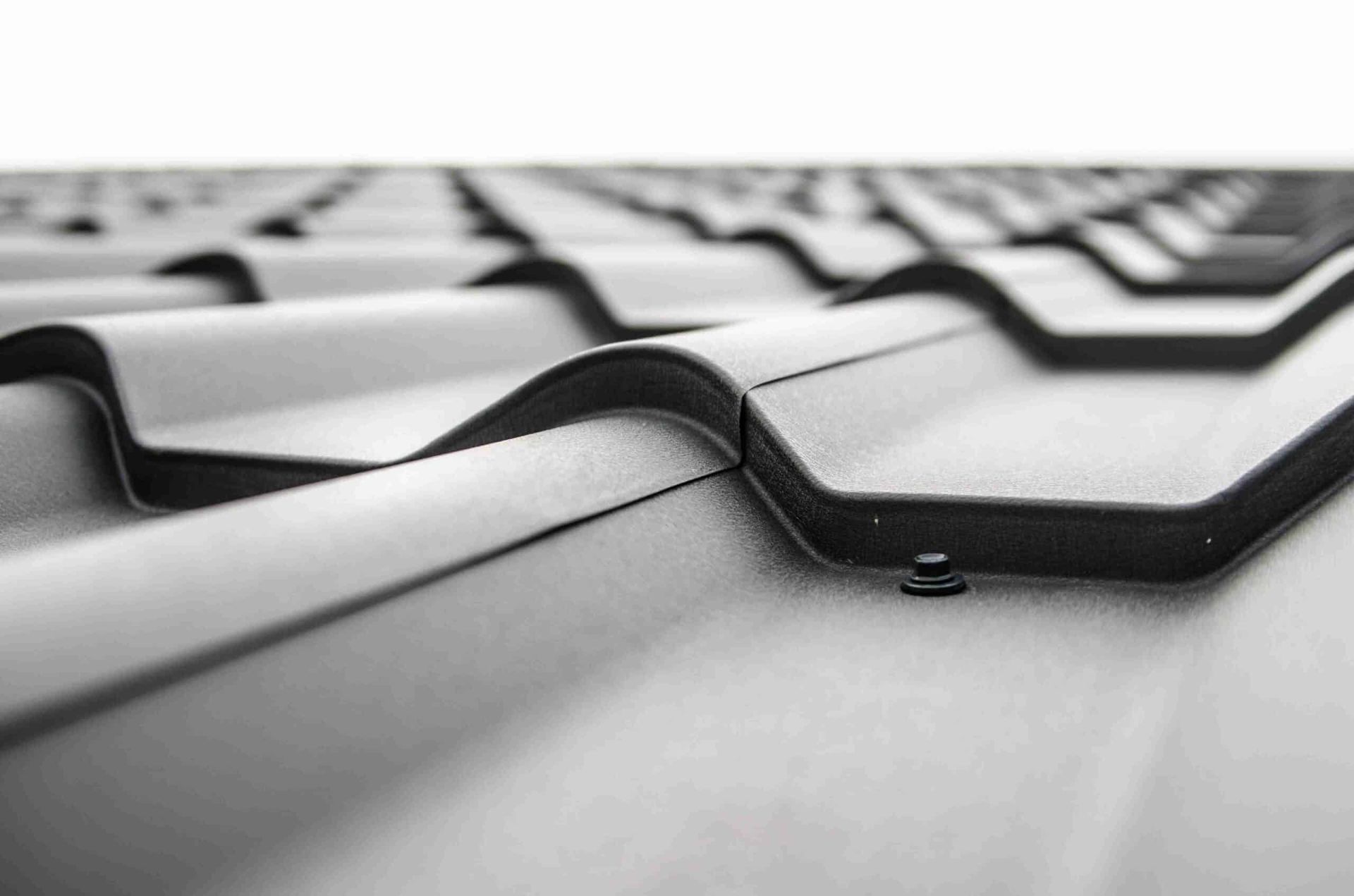What Roofing Dumpster Size you Need
December 26, 2023
A well shingled roof can last at most 20 years before replacing its components. What roofing dumpster size do you need? The quick answer is in relation to how large a structure your roof is. Usually roofs have asphalt shingles; however other materials are cedar and steel. Both of which have different weights. If the roofing is tearing down, you’re going to need the right dumpster size.
Efficient Container Services for Shingle Removal
Roofs are the job you do, and we take care of the dirt. We provide a quick, affordable way to remove shingles and other debris, from your roofing project. We offer flat rates and rapid deliveries in the case of roof shingles.
When it comes to roofing projects, one of the biggest challenges is dealing with the roofing debris. That’s where a roofing dumpster rental can come in handy.
In this post, we’ll discuss how a roofing dumpster rental can help with your roofing projects, the different sizes of roofing dumpsters, and how to determine the right size of roofing dumpster sizes for your project.
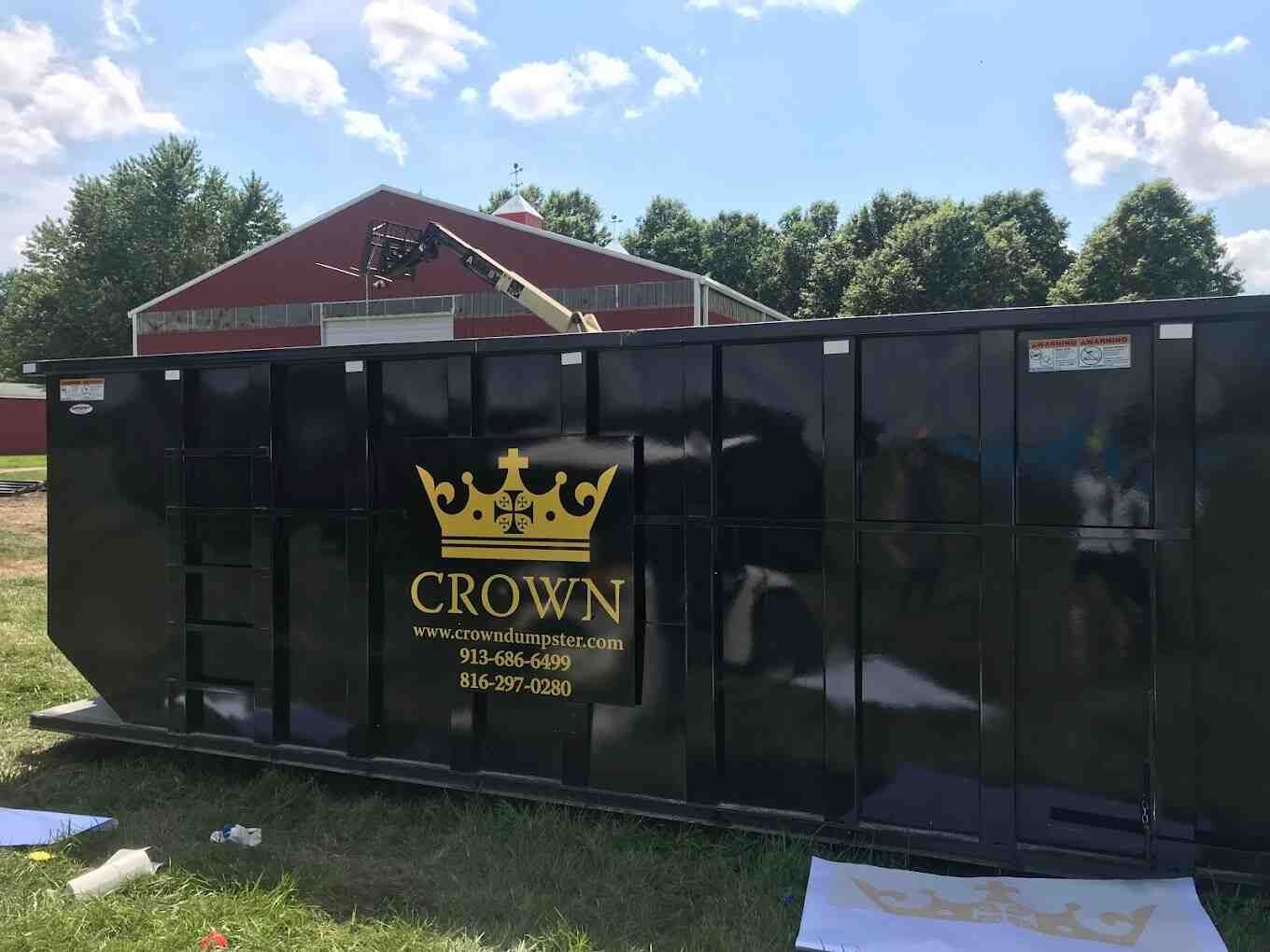
What is a roofing dumpster?
A roofing dumpster is a type of roll off dumpster specifically designed for roofing projects. It’s typically larger than a standard dumpster and can hold a significant amount of roofing debris. Usually, this consists of, roofing materials, roofing shingles, and asphalt shingles.
There are several benefits to using a roofing company or a dumpster rental. Here are a few:
1. Efficient Removal of Common Roofing Debris
A roofing dumpster allows for the efficient removal of old shingles from your job site. Instead of having to make multiple trips to the dump, you can simply load the debris into the dumpster and have it hauled away when it’s full.
2. Safer Work Environment
Having a roofing dumpster on site provides a safer work environment by reducing the amount of debris and clutter on the ground. This can help prevent accidents and injuries on the job site.
3. Saves Time and Money
Using a roofing dumpster rental can save you time and money in the long run. Instead of spending time and money on multiple trips to the dump, you can focus on getting the job done and let the rental company handle the debris removal.
HOW MUCH WEIGHT IS A ROOF TEAR OFF?
It may come as a surprise to discover that a metal roof is significantly lighter than other roofing materials. In fact, it is typically 50% lighter than an asphalt shingle roof and 75% lighter than concrete tile, fiber cement shakes, and slate.
Weight is never a concern with metal , and it is often the only feasible option for installations where the existing roof cannot bear any additional weight.
Typically, standing seam metal roof systems weigh between 1 to 3 pounds per square foot. The actual weight may vary depending on the metal gauge and panel profile.
Nonetheless, metal roof systems are considered a lightweight option when compared to different forms of shingles. The table below provides a breakdown of various roofing materials and their corresponding weight per square foot:
- Asphalt Shingles: 2 – 3.5 pounds per square foot
- Textured Asphalt Shingles: 3.5 – 5 pounds per square foot
- Wood Shingles/Shakes: 3.5 – 4.5 pounds per square foot
- Clay or Concrete Tile: 5.5 – 10 pounds per square foot
DIFFERENT SIZES OF DUMPSTERS
Dumpsters come in a variety of sizes to meet your specific roofing project needs. The most common dumpster sizes are:
- 10 Yard Dumpster: This is the smallest size roofing dumpster and can hold up to 10 cubic yards of architectural shingles.
- 20 Yard Dumpster: This size dumpster can hold up to 20 cubic yards of heavy debris and is ideal for medium-sized shingle disposal.
- 30 Yard Dumpster: This size dumpster can hold up to 30 cubic yards of roofing debris and is ideal for larger project.
- 40 Yard Dumpster: This is the most popular size container and is a great choice for shingle disposal.
By having a designated dumpster on-site, your workspace remains organized, promoting a streamlined workflow. Furthermore, as endorsed by the Environmental Protection Agency (EPA), this approach not only enhances efficiency but also minimizes the ecological footprint.
HOW TO DETERMINE THE RIGHT SIZE ROOFING DUMPSTER
What roofing dumpster rental sizes are best? The size can be determined by the quality of the shingles. The majority of wood shingles is lighter than the more durable asphalt roof.
Fortunately, roof shingles removal calculators are available to provide a more precise estimate. Let’s say the roof has approximately 2000 square feet. This calculator lets people type in a single field, then input the roof pitch followed by the height and the length of the arch.
To determine the right size roofing dumpster for your project, you’ll need to calculate the total roofing squares of your project. A roofing square is equal to 100 square feet of material. Here’s how to calculate the total roofing squares:
- Measure the length and width of the roof.
- Multiply the length by the width to get the total square footage.
- Divide the total square footage by 100 to get the total roofing squares.
Once you have the total roofing squares, you can use the following chart to determine the right size roofing dumpster for your project:
- Up to 20 Roofing Squares: 10 Yard Dumpster
- 20 to 40 Roofing Squares: 20 Yard Dumpster
Over 40 Roofing Squares: 30 Yard Dumpster
Choosing commercial dumpster rentals simplifies adherence to local waste disposal regulations. Proper waste disposal safeguards against legal repercussions and environmental harm. Hence, this choice ensures both legal alignment and eco-friendliness.
Other Roofing Materials That Can be Placed in a Roofing Dumpster
In addition to roofing shingles and roofing materials, other waste can be placed in a roofing dumpster. This includes roof tear off, insulation, gutters, and other materials associated with roofing projects.
RENT A ROLL-OFF DUMPSTER FOR ROOF TEAR OFFS
A simple way to remove roof shingles is through an empty dumpster. A roofing dumpster rental also includes storage containers for falling roof shingles, giving you the freedom to work on your own time.
Renting a dumpster would therefore offer a fantastic alternative to DIYers who have no desire to haul up shingles into an unsanitary landfill.
Can we use the dumpster for roof repairs? It varies. Because shingles have heavier materials than other types of materials, they will require a specially-built dumpster to do your roofing job.
Containment of waste within a dumpster curtails workplace hazards and clutter. Aligned with the advice from the National Safety Council, maintaining an orderly workspace tangibly reduces accident risks and injury instances.
HOW TO ESTIMATE THE SIZE DUMPSTER YOU’LL NEED FOR YOUR ROOFING PROJECT
To determine the right dumpster size, find the total roof square area. It’s different from the square footage. When you have all the bundles you need, you should be ready. The two-layer roof has shingles and it’s 20x20x2. The 10 square roof tiles you want to remove are required in a 10yr container. If you don’t know the Total Roof Squares, click here or contact your contractor.
Get Efficient Roofing Dumpster Services to Streamline Your Project
Providing professional roof dumpsters makes clean-up simple. When calling, you are talking directly to an individual who can help you find the best container for your project within just seconds. Your shingle container can get to you quickly.
For longer or bigger projects, you may need multiple dumpsters and may even require a dumpster change. When we finish the job, give us the phone and we can go and take care of all the details.
A roofing dumpster rental is a must-have for any roofing project. It allows for the efficient removal of roofing debris, provides a safer work environment, and saves time and money in the long run. With a variety of sizes available, it’s easy to determine the right size dumpster for your project. Don’t let roofing debris pile up!
FAQ FOR DUMPSTER SIZES:
Common questions we get asked about roofing shingles and what size container you need for roofing shingles.
How many squares of shingles will a 20 yard dumpster hold?
The 20 yard dumpster type of has a capacity of around 15-20 squares of asphalt shingles or 6-7 squares of slate shingles. The weight limit for a 20 yard is 10 tons.
Renting multiple dumpsters or scheduling ongoing swap-out service is recommended for large projects to avoid exceeding the weight limit of a single 20-yard roll-off dumpster.
How much does it cost for an open-top dumpster?
The typical expense for renting a roll off dumpster is $485, with regular fees fluctuating from $244 to $928. These costs are determined on the dumpster size, the weight limits, and the dumpster company that you are renting from.
To get a rough idea of the costs based on the size of the roll-off dumpster, reach out here.
Can I Put shingles into my garbage can?
Typically, you can put shingles into your garbage can. Regular trash carts can hold only one bundle of shingles, weighing between 250 lbs to 300lbs. Dumpsters are available in limited sizes and they hold approximately 15 to 20 cubic yards of material which can weigh thousands of pounds. shingles are measured using squares, which is an area of 100 square feet.
In summary, measuring roofing materials using squares is essential to determine the correct number of shingle bundles to purchase. Shingles are sold by warranty years and their weight varies based on durability. Only one shingle bundle can be disposed of in a regular trash cart, and specific dumpster sizes are available for all rental needs.


